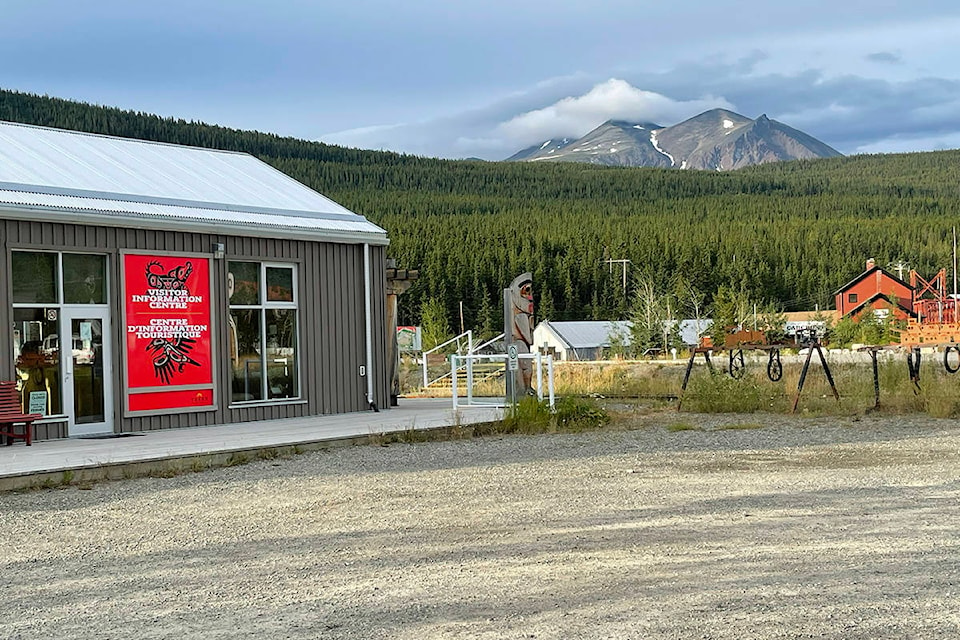The August opening of the Canadian border to U.S. visitors likely won’t help Yukon tourism operators very much at all, say those in the industry.
“The effect of the opening will be slow – it will be a trickle,” said Neil Hartling, president of the Tourism Industry Association of Yukon.
Hartling said the announcement came too late in the tourist season, and the timing for planning a restart was just too short. Still, he sees the opening as encouraging after a devastating year.
“It’s a light at the end of a tunnel, but it is still a tunnel.”
The Canadian border opened to U.S. visitors on Aug. 9, but the reverse is not expected for Canadians to travel until late August at the earliest.
Across the border, tour operators in Skagway had a little more time to prepare for a slow season. Codi Jennings, tourism director in Skagway, said there’s a sense of gratitude right now.
“It’s good to see smiling faces on the street.”
Aug. 10 saw around 1,000 people on the streets of Skagway. The “old days” would have seen 10,000. Everything is scaled back. For example, the Whitepass and Yukon Route railway runs 14-mile excursions now. There are hand sanitizers everywhere, and some people are wearing masks. The town reached an 85 per cent vaccination rate and they are quite proud of their efforts.
In the Yukon, Hartling says American visitors will be barely noticeable at this point. People had already made their summer plans when the border was opened.
Both Hartling in the Yukon and Jennings in Skagway think that the mandatory 72-hour COVID-19 testing requirement makes it far too challenging to visit Canada, especially for cruise ship passengers. The testing at the medical centre in Skagway meets the molecular test qualifier, but does not have the capacity to manage large numbers of people.
Both see this year as good training and preparation for next year, hoping that process will become more streamlined.
Hartling looks forward with confidence, “barring the unforeseen”.
But he cautions, the sector won’t snap back quickly. The past two summers were devastating for tourism operators and it will take time to dig themselves out of the financial hole that COVID-19 created.
He said it could take years for the industry to recover. And there are other hurdles ahead, citing problems within tourism supply chains such as labour and car rental shortages.
But Hartling also looked to a bit of a bright side of the pandemic experience. He said that climate change is now well on industry’s radar and has brought with it a new consciousness about sustainability and all that word entails. “We will have a serious lens on sustainability.”
“COVID has been a disrupter, both in a negative way, but it is still a game changer and an opportunity for the tourism industry. We have had a good shake up, and coming out of this we are well aware of the new world we face and the targets we need to deal with,” Hartling said.
“That is a good thing.”
Contact Lawrie Crawford at lawrie.crawford@yukon-news.com
